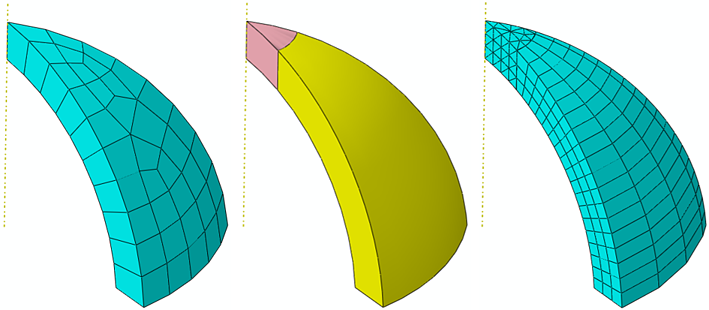It’s one of those special times of the year again: an extra day off, a good reason to eat (additional) chocolate, perhaps a visit to the family and … a chance to set up an analysis in a different manner than I normally would.
Because normally, simulations should match reality. For this chick analysis, the main goal was to make something somewhat related to Easter that looks interesting within a limited amount of time. And that changes the way to think when setting up the analysis.
What are the material properties of an egg shell?
No clue.
Does it matter?
As long as it breaks: not that much.
(These material properties are based on a metal because that data was available.)
The actual geometry of the chick isn’t that important either, but it should be clearly recognisable. Using different colours helps for that. In this example different sections are applied to the rigid chick (named ‘yellow’, ‘black’, and ‘orange’), with the sole purpose to easily create the intended colouring during visualisation.
So, challenges can come in many different forms. Usually the challenges are in understanding the physics and how to grasp that in a simulation. Now and then, it can be a challenge to quickly set something up that looks ok. To me it feels very different to focus on how things look instead of whether the modelling assumption are reasonable. But, in the end, it may not be that different at all. For this Easter analysis the level of detail required is much less than for a typical consultancy project, but it is always necessary to judge which assumptions are reasonable in light of the goal of the simulation and the available resources.
Happy Easter!




